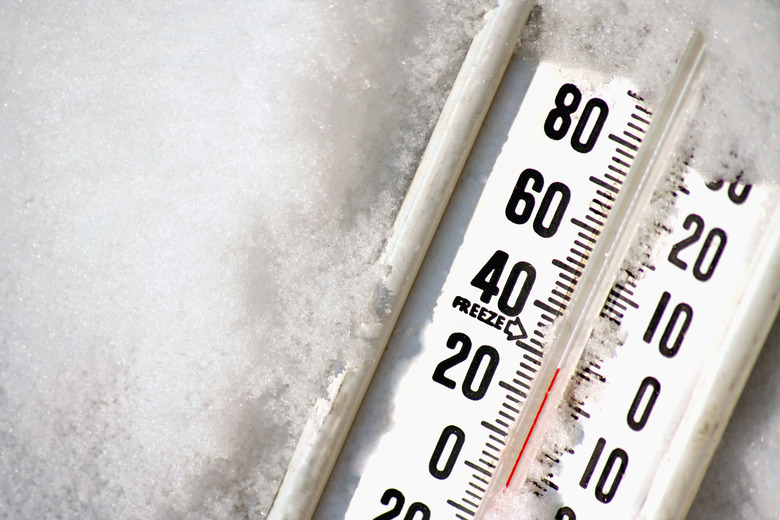Physical Address
Suite 5, 181 High Street,
Willoughby North NSW 2068
Physical Address
Suite 5, 181 High Street,
Willoughby North NSW 2068

To aid in the study of weather and other phenomena, scientists use thermometers to measure temperature. Thermometers come in various different types including liquid-in-glass, resistance and infrared radiation. Each type offers different advantages such as cost, speed, precision and temperature range.
The liquid-in-glass thermometer is one of the most common instruments used today to measure temperature. As the name suggests, the instrument consists of a glass bulb containing a special liquid. Atop the bulb is a stem that has a scale marked for measuring the temperature. The liquids chosen for thermometers expand and contract significantly in response to temperature changes, so they indicate temperature as a position on the stem’s scale. For many years, mercury was a commonly-used liquid for measuring temperature, though for safety reasons thermometer makers have phased it out in favor of alcohol and other substances with lower toxicity. Daniel Gabriel Fahrenheit invented the mercury-in-glass thermometer, which covers the temperature range of minus 38 to 356 degrees Celsius (minus 36.4 to 672.8 degrees Fahrenheit).
As electric currents flow through wires, they scatter off each other and the wire boundaries. This is a phenomenon known as electrical resistance, and its value is related to temperature. Resistance thermometers typically use platinum wire since it doesn’t corrode or otherwise react with air over a wide range of temperatures. The wire is normally wound into a coil and placed inside a ceramic tube. Resistance thermometers have a much greater resolution than the liquid-in-glass type and can potentially measure changes down to one-thousandth of a degree.
The constant-volume gas thermometer consists of a container with a fixed amount of gas inside. The thermometer works upon the principle that changes in gas pressure are proportional to changes in gas temperature. A pressure sensor inside the container detects the pressure, and calibration electronics convert this value to a temperature measurement. Constant-volume thermometers typically use air as the gas for measurements taken close to room temperature. If measurements call for very low temperatures, helium is used instead, since it has a boiling point close to absolute zero.
All objects emit infrared radiation with an intensity approximately proportional to their temperature. Radiation thermometers consist of a series of optics that focus infrared light onto a special electronic detector. The detector is normally a semiconductor such as silicon, which produces an electric current proportional to the intensity of the infrared radiation. The device calculates the temperature electronically. A key advantage of radiation thermometers is the potential to measure an object’s temperature at a distance. They can also measure temperatures faster than by other methods. Some infrared thermometers have a laser sight, to aim the device accurately at specific objects.